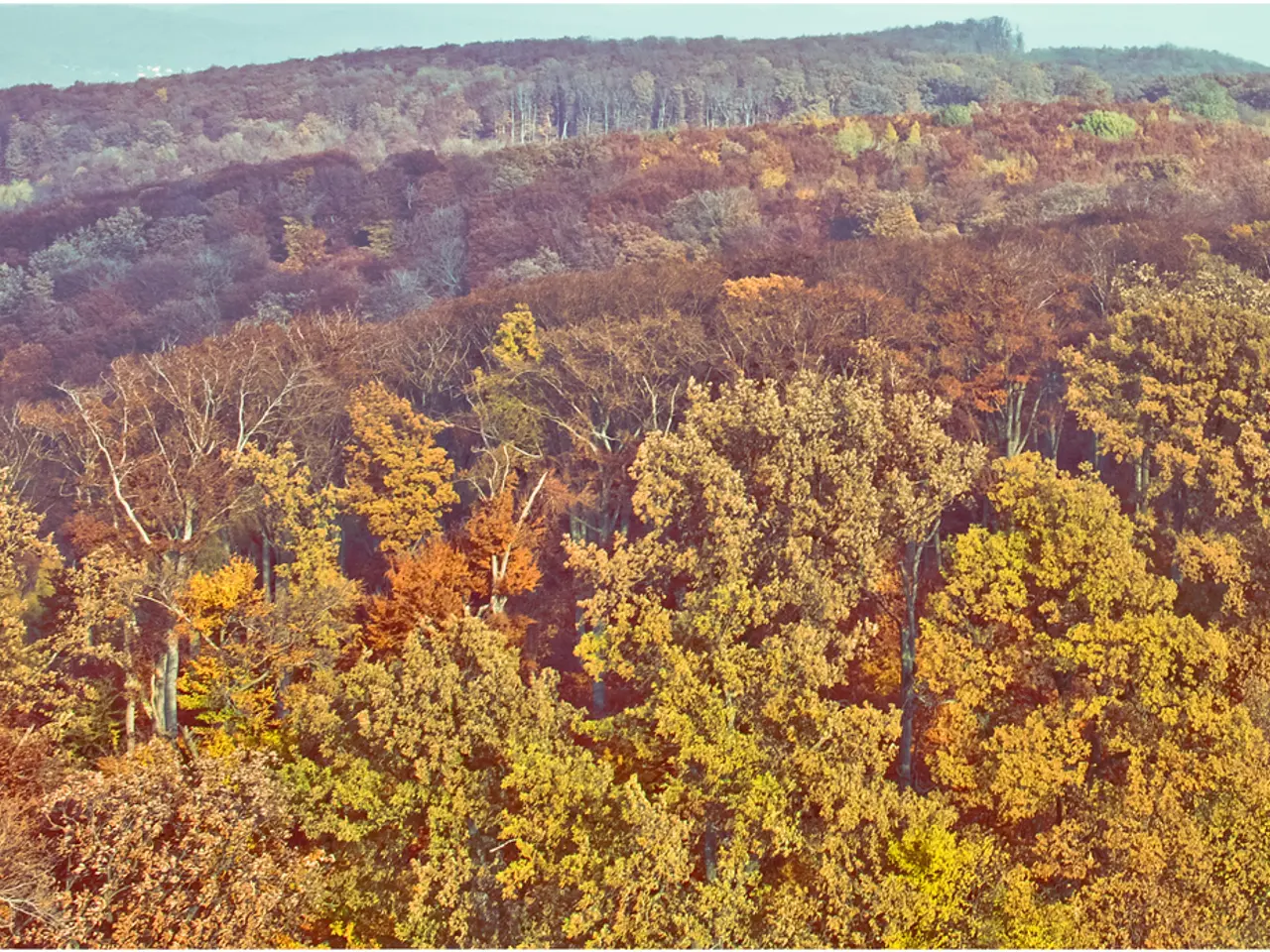Urban Forests: Do Tiny Woodlands Hold the Solution for City Survival?
In an innovative approach to greening densely built neighborhoods, courtyards, narrow roadside strips, and forgotten patches of land, the concept of microforests is gaining traction. These small-scale versions of a forest, often referred to as Miyawaki forests, have the potential to become the green revolution our neighborhoods need.
Microforests are not just small, densely planted tree clusters; they are living, pulsating systems that redefine the idea of an urban jungle. Named after Japanese botanist Akira Miyawaki, these forests are a result of the Miyawaki reforestation technique, which accelerates natural ecological succession to rapidly develop multi-layered, biodiverse forests.
The distinctive feature of microforests is their high biodiversity. In a microforest, 20 to 40 native species of trees and shrubs are planted very close together, with 3-5 seedlings per square meter. This dense planting and species diversity create resilient ecosystems that withstand pests, diseases, and climate stresses better than monocultures.
After an initial 2-3 years of intensive care (watering and weeding), these forests become largely self-sustaining due to their density and biodiversity. They rapidly sequester carbon dioxide, absorb pollutants, improve air quality, manage stormwater runoff, and reduce localized urban heat by providing shading and evaporative cooling.
The benefits of microforests are manifold. They combat the urban heat island effect by shading pavement and releasing moisture into the air. By creating complex habitats, they enhance biodiversity, supporting a wide range of native plants, insects, and wildlife that urban areas often lack. Their rapid growth makes them effective carbon sinks, helping mitigate climate change locally.
Even tiny plots, like abandoned lots or roadside strips, can turn into vibrant green spaces with the implementation of microforests. Moreover, they often involve locals in planting and care, fostering environmental awareness and stewardship. After establishment, these forests require minimal upkeep compared to traditional parks or gardens.
In essence, microforests offer a scalable, fast, and ecologically meaningful way to bring nature back into urban neighborhoods, improving environmental quality, biodiversity, climate resilience, and community well-being. The cities of the future are aiming to be green, not just in declarations but in actual space, and microforests could play a significant role in achieving this goal.
[1] Miyawaki, A., & Kumar, M. (1998). Quick reforestation of degraded lands. Current Science, 75(8), 1012-1014. [2] Miyawaki, A., & Bala, S. (2014). Quick reforestation of degraded lands. Current Science, 107(3), 376-377. [3] WWF. (2018). The benefits of urban forests. Retrieved from https://www.wwf.org.uk/updates/benefits-urban-forests [4] The Guardian. (2019). How to create a mini-forest in your garden. Retrieved from https://www.theguardian.com/environment/2019/may/25/how-to-create-a-mini-forest-in-your-garden [5] TreeSisters. (n.d.). Miyawaki Forests. Retrieved from https://treesisters.org/projects/miyawaki-forests/
- Implementing microforests in urban areas, a concept inspired by Japanese botanist Akira Miyawaki, not only transforms small plots into vibrant green spaces but also promotes environmental-science by encouraging native flora and fauna, thereby aligning with the lifestyle principles of home-and-garden enthusiasts who advocate for eco-conscious landscaping.
- The high biodiversity found in microforests is not limited to the lush greenery they provide; their potential to absorb pollutants, improve air quality, and mitigate climate change through carbon sequestration underlines the devastating effects of environmental degradation and the critical role of science in preserving the health and well-being of our communities, underscoring the importance of prioritizing environmental-science in urban planning and lifestyle choices.




